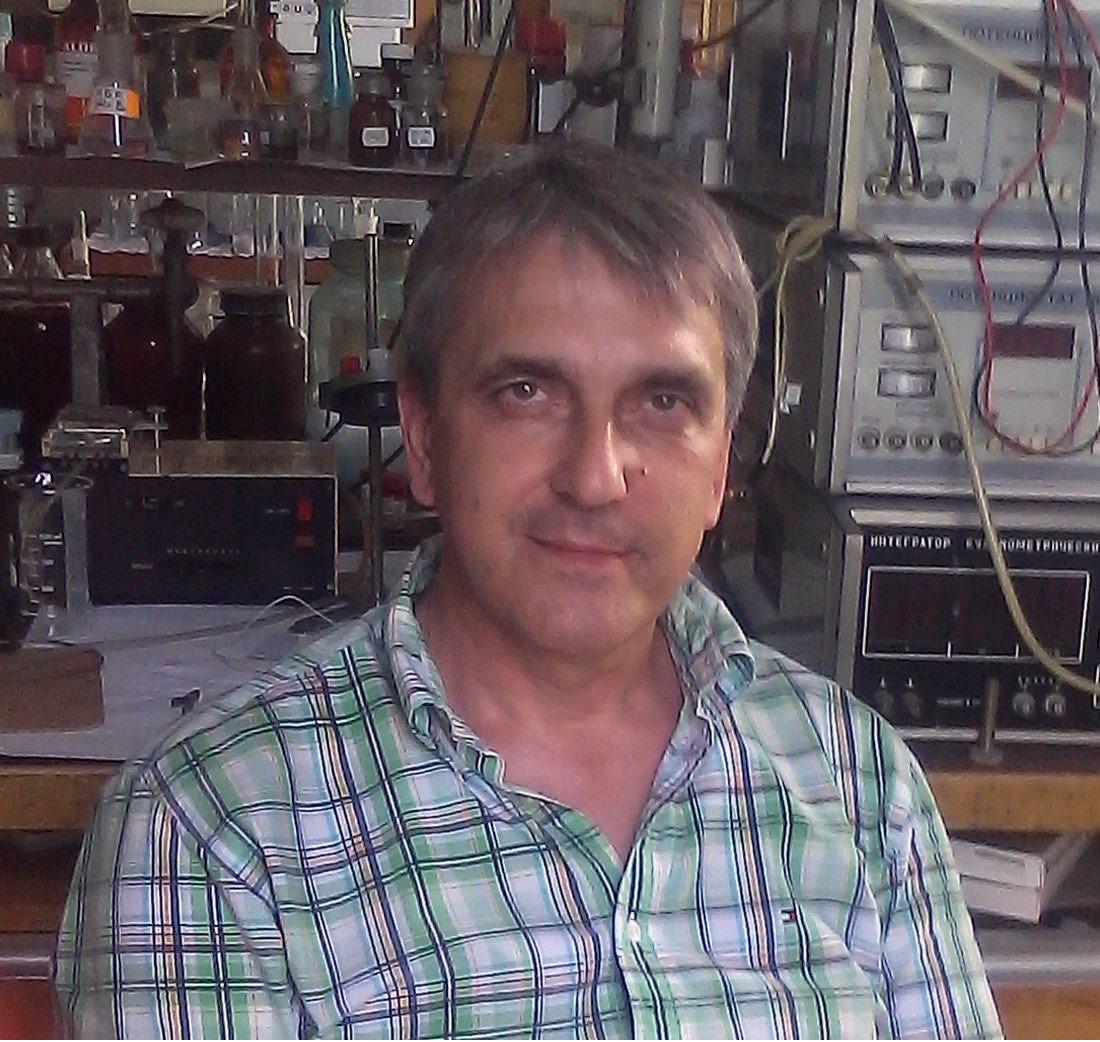
Target complex Programme for Research of NAS UKRAINE
Fundamental problems of hydrogen and renewable energy and fuel all technologies
Home |
Hydrogen production |
Hydrogen Storage |
Fuel cells |
|
|
|||||||
|
|
|
TEM micrograph (a) and cyclic voltammograms (b) of Co-N-C nanocomposite based on poly-m-phenylenediamine and graphene oxide
Applications
Oxygen reduction reaction (ORR) electrocatalysts for low temperature hydrogen-oxygen fuel cells (FC), including a solid polymer electrolyte fuel cells (SPEFC). It is also possible to use obtained electrocatalysts in direct alcohol fuel cells and metal–air batteries.
Brief description
Nanostructured noble metals free Co-N-C and Fe-N-C ORR electrocatalysts obtained via pyrolysis of nitrogen-containing conjugated polymers (N-CP) (poly-m-phenylenediamine, poly-5-aminoindole, poly-2,6-diaminopyridine, etc.), d-metal salts (Co or Fe) and nanosized carbon materials (carbon black, graphene oxide, unmodified and modified with nitrogen multilayer graphene, etc.).
Expected properties
The obtained electrocatalysts are characterized (in 0.05 M H2SO4) by potentials of catalytic current appearance (Eonset) ~ 820-860 mV vs. RHE (Fe-N-C), and ~ 775-800 mV (Co-N-C) as well as high stability during long-term operation. The developed Co-N-C electrocatalysts have a bifunctional nature, showing activity not only in the oxygen reduction reaction, but also in the important process of electrochemical hydrogen evolution from water.
Advantages
Low cost due to the absence of platinum and other precious metals in the electrocatalysts composition; tolerance to methanol and CO; the ability to operating in aqueous electrolytes in a wide pH range; the possibility of using of a mixture of an appropriate monomer with an oxidizer instead of a previously prepared N-СP during the formation of Co-N-C composites, which allows to avoid an excess stage during obtaining of this type of materials.
Competitors
As far as we know, the Me-N-C ORR electrocatalysts are not commercialized today. Investigations in the area of Me-N-C ORR electrocatalysts development are carried out in scientific centers in several EU countries, USA, China, Japan etc. The obtained Co-N-C ORR electrocatalysts by their characteristics does not concede to known analogues.
State of development
The methods of obtaining of Me-N-C (Me = Co, Fe) ORR electrocatalysts based on N-CP, including using graphene materials, are developed; the composition, structure, physicochemical, and electrochemical properties jf electrocatalysts are investigated. It has been shown that the replacement of carbon black by graphene materials provides a high activity of Co-N-C composites in ORR, which is primarily manifested in a significant increase in the catalytic current due to the high electrochemical active surface area of such composites. Based on experimental data, the conclusion was drawn about the mechanism of ORR on the obtained Co-N-C electrocatalysts. Testing of developed Co-N-C electrocatalysts in ORR in a manufactured FC mockup was carried out.
Intellectual property
Contact information
Executing : L.V.Pysarzhevsky Institute of Physical Chemistry, National Academy of Sciences of Ukraine
Project 24 «The development of nanostructured Me-N-C oxygen reduction electrocatalysts based on nitrogen-containing conjugated polymers and graphene materials for low-temperature fuel cells»
Project leader:
 Dr. Yaroslav Kurys
Dr. Yaroslav Kurys
Project key researcher
Tel. +380 44 525-75-77
Е-mail: kurys@inphyschem-nas.kiev.ua